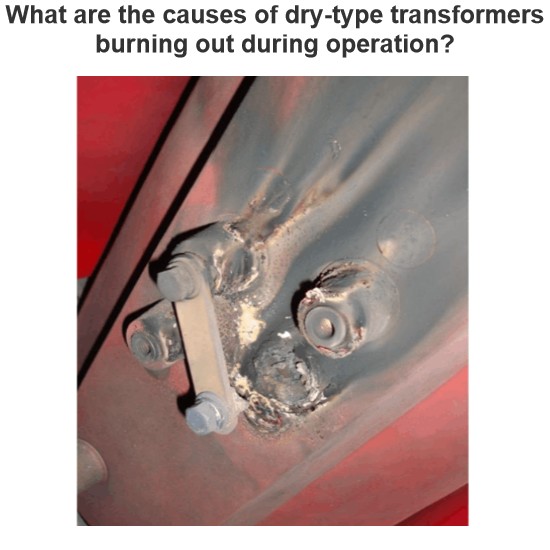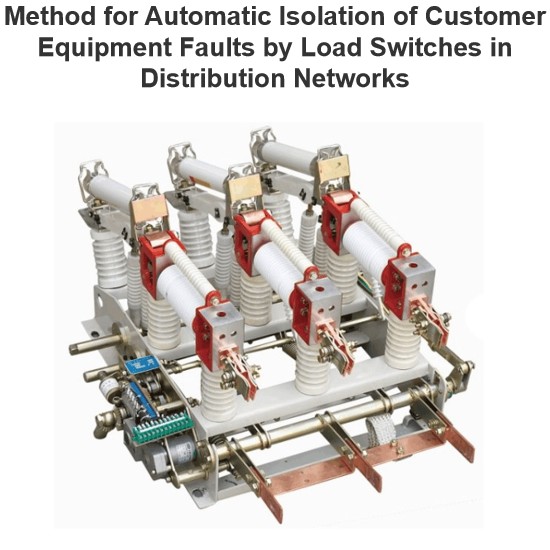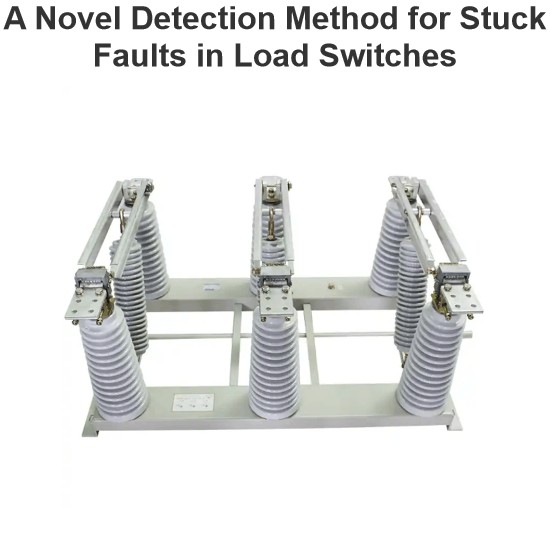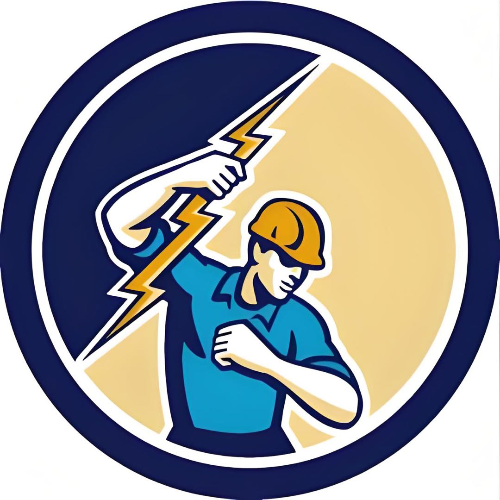What You Need to Know About Load Switch Malfunctions
Hey there, I’m Blue — been working as an electrical engineer for more than 20 years now.
I’ve spent most of my career designing circuit breakers, managing transformers, and helping power companies solve all sorts of electrical system challenges.
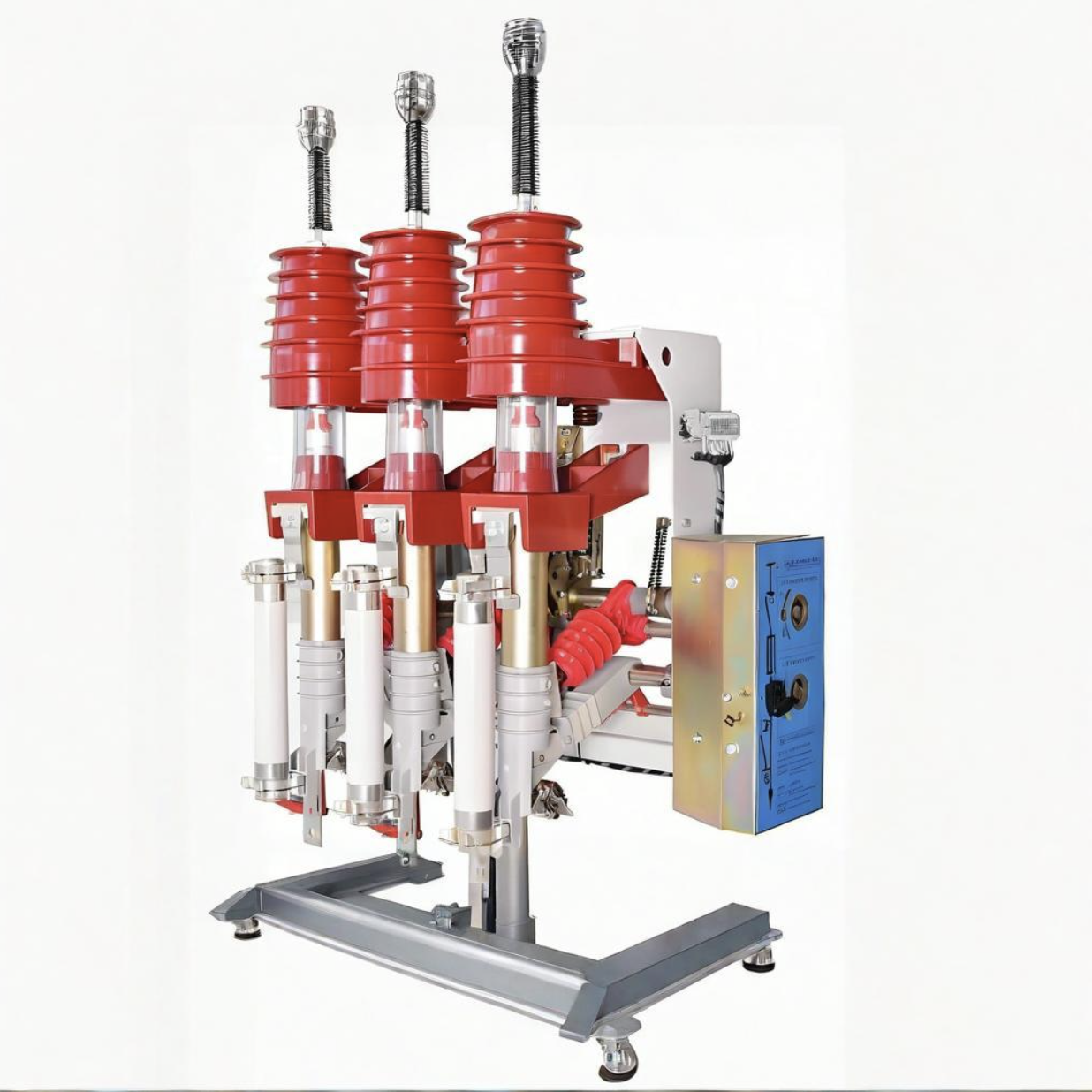
Today, a friend from Southeast Asia asked me:
"What are the common faults of load switches?"
Great question! So let’s break it down in simple terms — no fancy jargon, just real-world stuff you might actually see on the job or during maintenance.
First, What Exactly Is a Load Switch?
Before we talk about the problems, let’s quickly recap what a load switch is.
A load switch is like a heavy-duty on/off switch used in medium-voltage systems (like 10kV, 20kV grids). It can make and break normal operating currents, but not fault currents — that’s what circuit breakers are for.
So think of it as the "middle guy" between a regular switch and a full-blown circuit breaker. It’s simpler, cheaper, and often used in distribution networks, especially in places where protection coordination isn’t super complex.
Now, Let’s Talk About the Most Common Faults
In my years of fieldwork and troubleshooting, I’ve seen these issues come up again and again. Here’s a list of the most typical ones:
1. Failure to Close or Open Properly
This one’s pretty common, especially in older equipment.
Sometimes the switch won’t close even when you press the button.
Or it closes, but then opens right away.
Could also be stuck in the closed position and refuses to open.
Why does this happen?
Mechanical parts get worn out over time — linkages jammed, springs weak, latches misaligned.
Control circuits might have loose wires or burned relays.
Sometimes the motor operator (if electrically operated) fails.
Real-life example:
I once worked on a site where the load switch wouldn’t close because a small screw had fallen into the mechanism and was jamming the movement. Took us 2 hours to find it!
2. Overheating or Burning Smell
If you smell something burning near a load switch panel, don’t ignore it.
Overheating usually happens at the contacts or terminal connections.
Can lead to insulation damage, melting parts, or even fire if not fixed early.
Causes:
Loose cable connections — high resistance = heat.
Contacts getting old or pitted — bad contact surface.
Excessive current flow beyond rated capacity (overloading).
Tip: Always check the temperature regularly using infrared thermography. If a connection is more than 10–15°C hotter than others, investigate ASAP.
3. Arcing or Flashover During Operation
You hear a loud pop, maybe even see sparks — that’s arcing.
Happens mostly during opening/closing operations.
Dangerous, can damage components or cause injury.
Common reasons:
Main contacts worn out — gaps not maintained properly.
Dust or moisture inside the chamber — lowers insulation level.
Operating under load when it shouldn’t be (e.g., switching off a large motor without a circuit breaker upstream).
Note: Load switches are not meant to interrupt fault currents, only normal load currents. If you’re trying to cut through a short-circuit current, expect trouble.
4. Mechanical Wear and Tear
Load switches are mechanical devices. They move parts, so they wear out eventually.
Bearings, gears, and levers all degrade over time.
Especially true in environments with dust, salt spray, or extreme temperatures.
Prevention tip: Regular preventive maintenance (PM) is key. Lubricate moving parts, inspect linkages, and replace worn-out components before they fail.
5. Control Circuit Failures
The control side is just as important as the main circuit.
Indicator lights stop working.
Remote operation fails.
Local buttons don’t respond.
Typical causes:
Blown fuses in the control circuit.
Corroded terminals or broken wires.
PLC or RTU communication errors (in automated systems).
Quick fix idea: Use a multimeter to trace voltage drop and continuity. Start simple — check fuses first.
6. Moisture and Corrosion Inside the Enclosure
Especially common in coastal areas or humid climates.
Moisture gets into the switchgear cabinet.
Causes rust, corrosion, and reduced insulation levels.
Symptoms:
Tripping for no apparent reason.
Arcing even under light load.
Bad smell or condensation visible inside the box.
Solution: Make sure the enclosure has proper sealing and desiccant packs. In tropical areas, consider adding space heaters or dehumidifiers.
7. Wrong Operation by Personnel
Human error is still one of the biggest causes of failures.
Someone tries to open the switch under heavy load.
Or operates the switch without checking interlocks.
Even worse — someone forgets to lock out/tag out before maintenance.
Lesson learned: Training matters. Clear labeling helps. And always follow safety procedures.
Final Thoughts
Like any electrical equipment, load switches aren’t perfect. But with good design, regular maintenance, and proper operation, most of these faults can be avoided or caught early.
As someone who’s been in the field for over two decades, my advice is:
“Don’t wait for a failure to remind you that maintenance is important.”
If you're dealing with a faulty load switch and want help troubleshooting or choosing replacements, feel free to reach out. Happy to share more stories (and some war scars) from the field.
Stay safe, and keep the lights on!
— Blue
We aim to gather electrical knowledge and share it with others.

